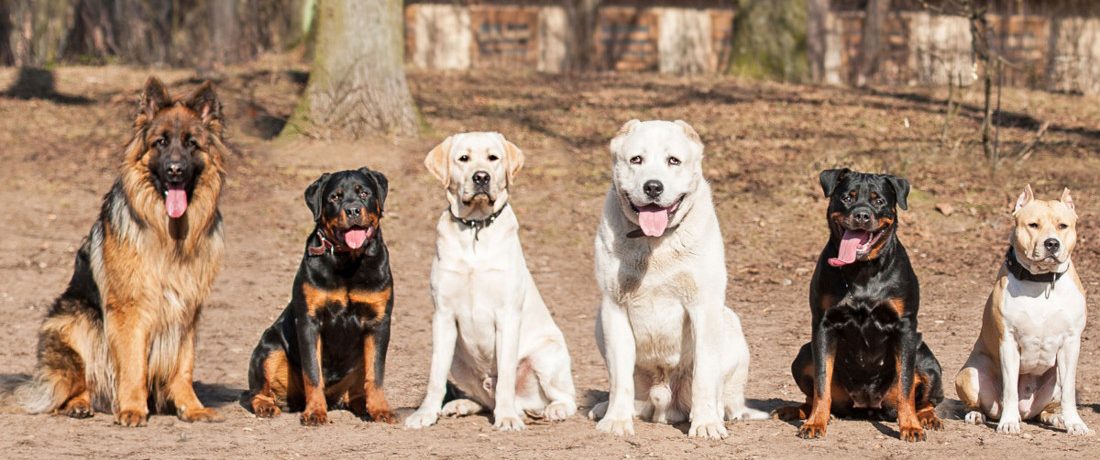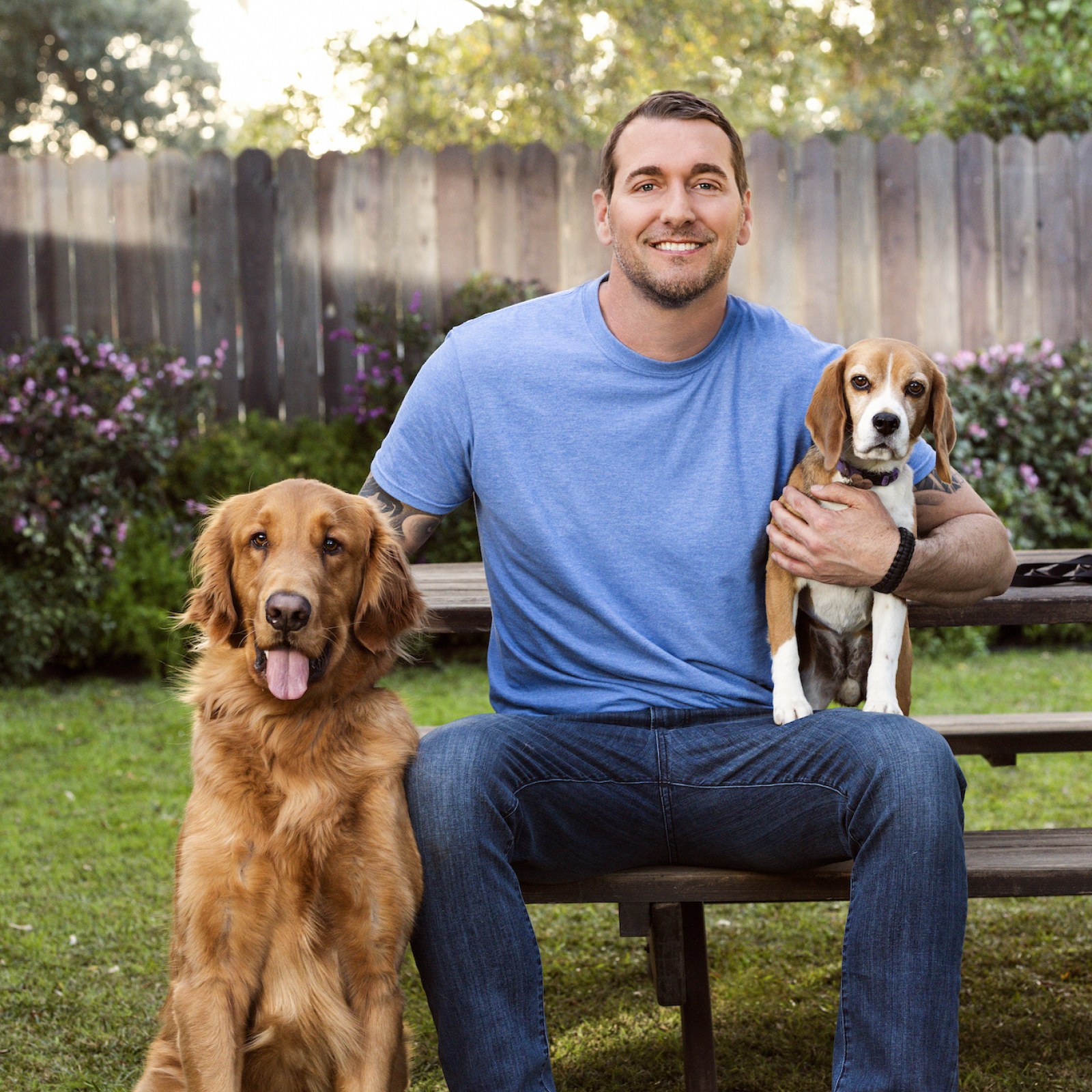Essential Strategies for Efficient Dog Training You Need to Know
Essential Strategies for Efficient Dog Training You Need to Know
Blog Article
Vital Tips for Effective Dog Training: An Overview for Animal Owners
Effective canine training is a multifaceted procedure that calls for a tactical approach customized to both the animal's character and the owner's objectives. Understanding exactly how to browse these barriers can significantly improve the training experience, eventually transforming the partnership between proprietor and canine.
Recognizing Canine Actions
Comprehending dog behavior is crucial for efficient training and promoting an unified connection in between dogs and their proprietors. dog training. Canines communicate primarily through body language, articulations, and activities, making it crucial for proprietors to analyze these signals properly.

Socializing plays a considerable duty in dog behavior; direct exposure to numerous atmospheres, individuals, and other animals can substantially affect a canine's temperament. Additionally, variables such as type features and private character should guide training methods, as some breeds may have particular behavior characteristics that necessitate customized strategies. By understanding these aspects, proprietors can develop an encouraging environment that encourages favorable habits, bring about effective training outcomes and a much deeper bond with their pet dogs.
Developing Regular Commands
Effective interaction with your canine starts with establishing regular commands. This foundational aspect of training is vital for fostering understanding between you and your pet dog. Uniformity in the commands you use makes sure that your pet dog can dependably associate details words or phrases with the desired behaviors.
When picking commands, select clear, distinctive words that are very easy to set apart and say from each other. Prevent using similar-sounding commands that may perplex your canine. Utilizing "rest" and "remain" is proper, however "rest" and "struck" can lead to misunderstandings.
Furthermore, keep the same tone and volume for every command. Pets are delicate to vocal cues, so varying your tone can create complication.
It is similarly essential to guarantee that all member of the family are on the exact same page concerning the commands made use of. A united front in command use will avoid blended signals and reinforce the knowing procedure.
Positive Reinforcement Techniques
The power of favorable reinforcement in pet training depends on its ability to urge wanted actions via rewards and appreciation. This technique is grounded in the concept that actions followed by desirable results are most likely to be repeated. By integrating favorable reinforcement right into your training regimen, you can successfully shape your canine's habits in a useful fashion.
To carry out positive reinforcement, it's necessary to recognize what inspires your dog, whether it be treats, toys, or verbal praise. When your dog carries out a preferred activity, such as remaining on command, immediately reward them with a treat or love. This organization between the command and the positive result strengthens their understanding.
It's vital to timing the benefits properly; providing the reinforcement within seconds of the preferred behavior helps your pet make the link (dog training). Furthermore, consistency is essential-- make sure that all household members make use of the very same commands and reward systems to prevent confusion
:max_bytes(150000):strip_icc()/a-dog-trainer-giving-a-hand-command-to-black-labrador-dog--1153579373-cb14c8fb30724468a702c972910c6f2a.jpg)
Gradually, you can minimize the regularity of deals with as your dog learns the actions, transitioning to commend or periodic benefits. This technique not only cultivates a strong bond between you and your pet dog yet likewise advertises a favorable knowing atmosphere, making educating a delightful experience for both.
Socialization and Interaction
Constantly revealing your pet dog to a range of environments, people, and other animals is essential for their social growth. Socializing ought to start early, preferably throughout the critical window of 3 to 14 weeks, when puppies are most receptive to brand-new experiences. Older canines can likewise benefit from recurring socialization efforts.
Present your pet dog to different settings, such as parks, pet-friendly stores, and urban areas. This exposure aids them adapt to numerous stimuli, reducing anxiousness and anxiety reactions. Encourage favorable interactions with various other pet dogs and people, making sure that these experiences are controlled and safe to cultivate confidence.
Utilize organized playdates with well-mannered pets, as this can improve your dog's social skills and teach them suitable behavior. Obedience classes and training sessions likewise give outstanding opportunities for socializing, enabling your pet to communicate with others in a supervised setting.
Display your pet's body language during communications, as this will certainly help you assess their convenience degree. Gradually enhance exposure to even more difficult circumstances while making certain that each experience declares. A well-socialized canine is most likely to show well balanced habits, making them a happiness to have in any kind of setting.
Dealing With Usual Training Obstacles
Every pet dog proprietor will you could try this out encounter training difficulties at some time, no matter their canine's age or socializing level. Recognizing typical issues such as stubbornness, disturbances, and fearfulness can help in creating efficient approaches for renovation.

Disturbances throughout training sessions can hinder emphasis. To fight article source this, start training in a peaceful environment with marginal stimuli. Gradually present distractions as the dog becomes extra skillful in commands. Short, frequent training sessions are additionally effective in maintaining interest.
Terror can impede a pet dog's discovering procedure. Gradual desensitization to the resource of concern, combined with favorable support, can help alleviate stress and anxiety. Persistence is crucial; never force a pet dog into a circumstance that creates distress, as this might intensify the problem.
Inevitably, understanding and dealing with these typical challenges with an organized technique will promote a more efficient training experience, enhancing the bond between pet and proprietor while promoting reliable discovering.
Verdict
In summary, effective dog training depends on a comprehensive understanding of canine behavior, the facility of constant commands, and the application of favorable support strategies. Socialization plays a crucial function in establishing well-adjusted pets, while addressing usual training obstacles requires perseverance and flexibility. By carrying out these crucial strategies, pet dog proprietors can foster a strong bond with their pet dogs and advertise desirable behaviors, eventually causing an unified connection in between human beings and their canine friends.
Understanding dog actions is important for reliable training and cultivating a harmonious website here connection between canines and their proprietors.Socialization plays a substantial function in canine habits; exposure to different environments, people, and various other pets can considerably impact a dog's personality.The power of positive reinforcement in dog training exists in its capability to encourage desired behaviors via incentives and appreciation. By including positive reinforcement into your training routine, you can successfully shape your pet dog's habits in a useful fashion.
In recap, successful canine training counts on an extensive understanding of canine behavior, the establishment of consistent commands, and the application of favorable reinforcement techniques.
Report this page